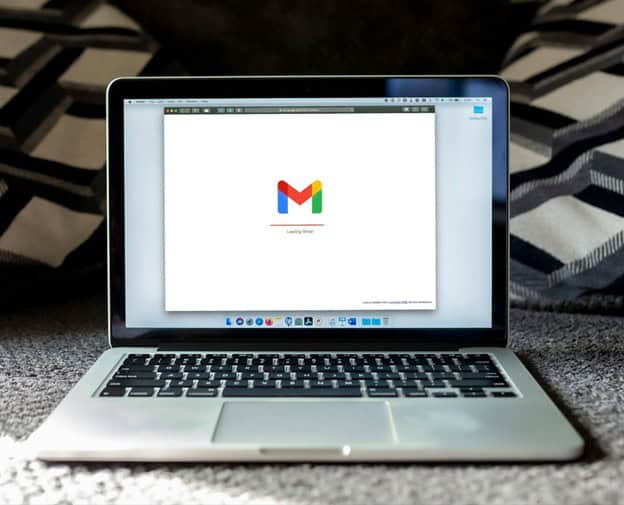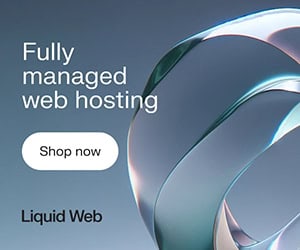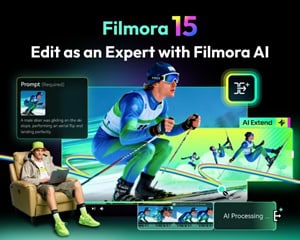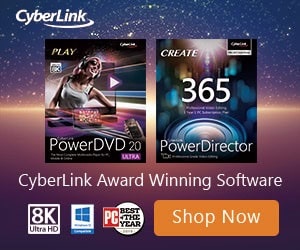Congratulations, you’ve landed the job. After years of hard work, you’ve made the leap from campus to career. As you enter this new professional landscape, you’ll quickly find that one of the most immediate and impactful skills to master is professional email.
In college, communication often stays informal. A quick “thx” can pass, and finding a service to write my paper online takes only a few clicks, especially if you’re already familiar with the reliable EssayHub service. The professional world, however, follows a different set of expectations.
Every message you send reflects your competence and attention to detail, and getting it right from day one can set the stage for a strong career. For those looking to sharpen their writing skills, services like EssayHub service can be incredibly helpful.
With professional writing support, you can ensure your emails and other communications are polished and aligned with industry standards.
This guide will break down the essential parts of a polished professional email and cover the unwritten rules that separate beginners from seasoned pros, ensuring your digital first impression matches the quality of your degree.
The Anatomy of a Flawless Professional Email
Before diving into the nuanced rules, start with the fundamentals. A professional email follows a clear, predictable structure. Mastering these four components is the first step toward effective communication.
The Subject Line: Clear, Concise, and Searchable
The subject line is your email’s first impression. A vague or blank subject like “Question” is the digital equivalent of mumbling. Aim for precision so the recipient knows exactly what the message is about and can locate it easily weeks later.
A strong subject is specific, such as “Question Regarding Q3 Marketing Report Draft.” If the note is time-sensitive, add a clear indicator like “ACTION REQUIRED: Please Approve Final Project Budget by EOD Friday.”
The Salutation: Start with Respect
Your greeting sets the tone for the entire exchange. Begin more formally, then adjust as rapport develops. For a first contact, “Dear Mr. Smith,” works well. The standard professional greeting is “Hello Sarah,” or “Hi David,”. Skip casual starters like “Hey” unless you already have an informal rapport. When uncertain, “Hello [First Name],” is a safe and professional choice.
The Body: Get to the Point, Politely
Your colleagues are busy. The most effective email body is easy to read, scannable, and respectful of the reader’s time.
- Lead with the Bottom Line: Open with your main point or request in the first sentence or two. Avoid burying it under long context.
- Use Short Paragraphs: Break text into small, digestible chunks of two to three sentences.
- Utilize Formatting: For multiple questions or items, use bullet points or a numbered list. It makes the email far easier to read and answer.
- Maintain a Professional Tone: Be polite and clear. Skip slang, jargon, emojis, and overly emotional language.
The Closing and Signature: End with Polish
Your sign-off should match the professionalism of your greeting. Reliable closings include “Best regards,” “Sincerely,” and “Thank you,”. Beneath the closing, your signature should give the essential details: full name, title, company, and phone number. Adding your LinkedIn link is optional, yet useful.
The Unwritten Rules: A 9-Point Etiquette Checklist
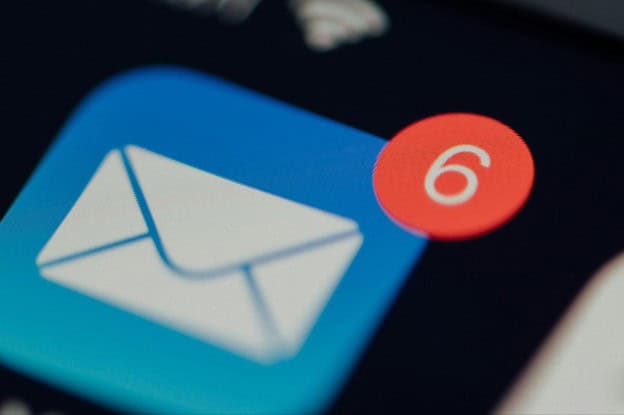
Mastering structure is the beginning. Thriving in a professional environment requires understanding the subtleties that guide digital communication.
- Master the Art of “Reply All”: The “Reply All” button is powerful and often misused. Before clicking it, ask: “Does everyone on this chain truly need my response?” If you are confirming receipt or saying thanks to the sender, use “Reply.” If your update is essential for the whole group, use “Reply All.”
- Use CC and BCC Intentionally: CC people who should stay informed but are not expected to act. Avoid adding spectators. Use BCC for large announcements or when emailing external groups to protect addresses. If you are moving someone off a thread after an introduction, note it explicitly: “Moving Alex to BCC.” Never reply to all from BCC.
- Acknowledge Receipt of Important Messages: You do not need to answer every email, yet if a manager or colleague sends an important document, task, or key information, a brief acknowledgment is vital. “Thanks for sending this over, I’ll review it this afternoon,” or “Got it, thank you,” signals that you received the message and are on it. Silence can be read as neglect.
- Mind Your Tone (and Punctuation!): Email lacks the nuance of face-to-face conversation. Sarcasm, jokes, and even punctuation can be misread. Avoid ALL CAPS since it reads like shouting. Use exclamation points sparingly; one can show enthusiasm, while several may look unprofessional. When unsure, read your email aloud to check tone.
- Every. Single. Time. A typo or grammatical slip may seem small, but in a professional setting, it can suggest carelessness and weak attention to detail. Take an extra 30 seconds to reread before sending. Use a grammar tool if helpful, but do not rely on it to catch everything.
- Keep It Professional, Not Impersonal: Professional does not mean robotic. Friendly rapport is welcome. “Hope you had a great weekend!” is a fine way to open a Monday note. The key is avoiding overly casual slang, emojis, or too-familiar language.
- Respect Working Hours: The ability to send at 11 PM does not always justify it. Late-night or weekend messages can pressure colleagues to respond outside their hours. If you are working late, use “Schedule Send” so your email arrives at a reasonable time, such as 8:30 AM the next morning.
- Handle Attachments with Care: When sending an attachment, name the file clearly (for example, “Q4_MarketingReport_Final.pdf” rather than “doc1.pdf”). Mention the attachment in the body (“I’ve attached the final report for your review.”) so the recipient does not miss it.
- Recognize When to Call: Email is not the best tool for every situation. If a topic is sensitive, complex, or likely to require back-and-forth, do not get stuck in a long, confusing thread. Suggest a quick call or meeting. A five-minute conversation can replace ten emails.
Conclusion: Your Digital Handshake
As a recent graduate, you have a chance to build your professional reputation from the ground up. Mastering email etiquette is one of the fastest and most effective ways to show maturity, competence, and respect for colleagues. Treat each message like a digital handshake: brief, meaningful, and shaping perception. By being clear, concise, and considerate in your communication, you will establish trust and professionalism that support your career for years to come.


